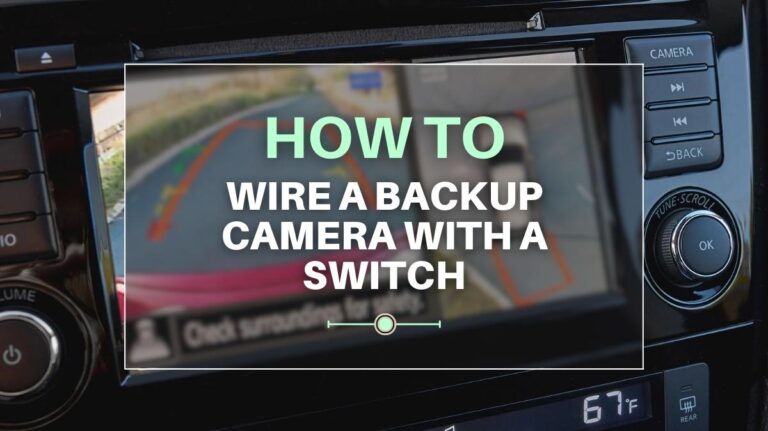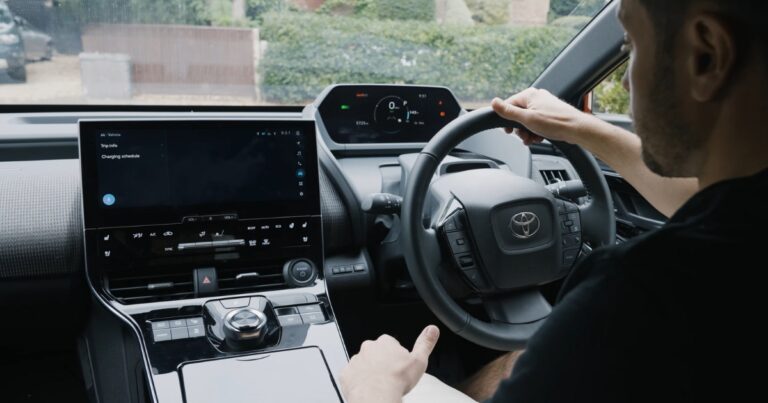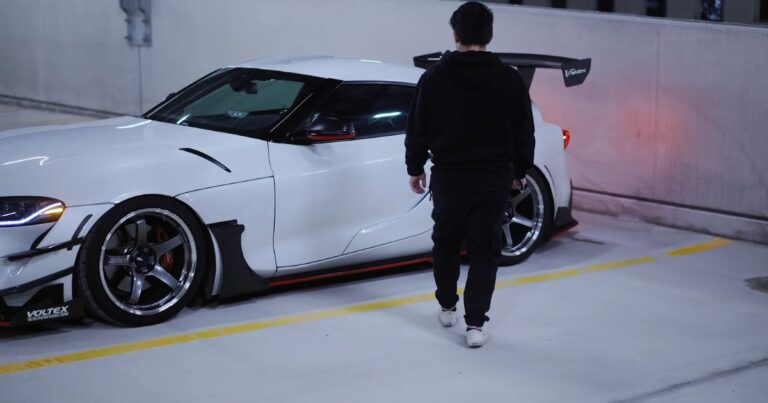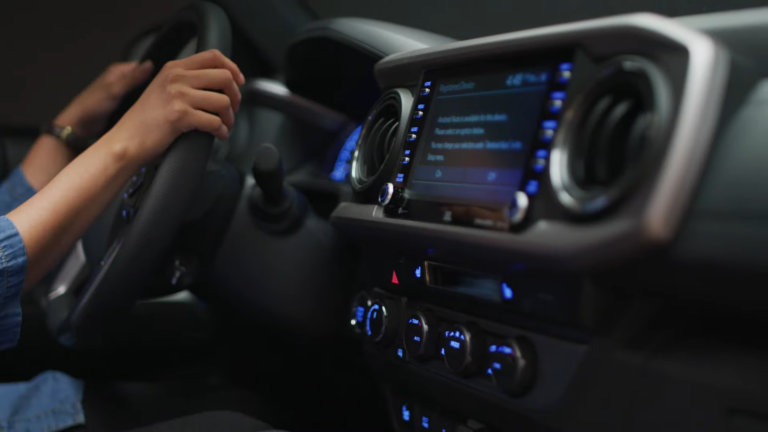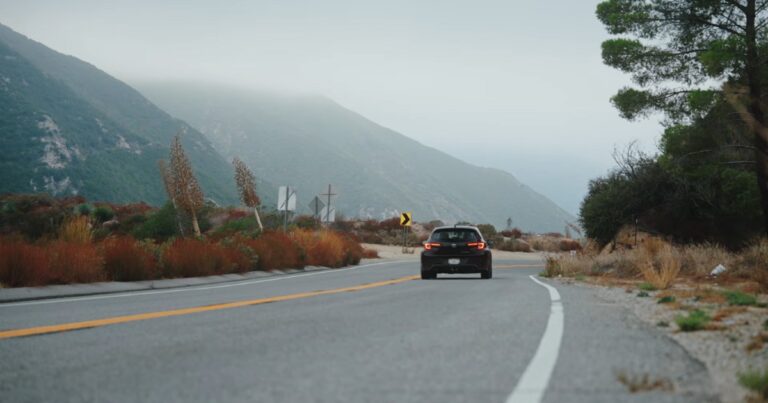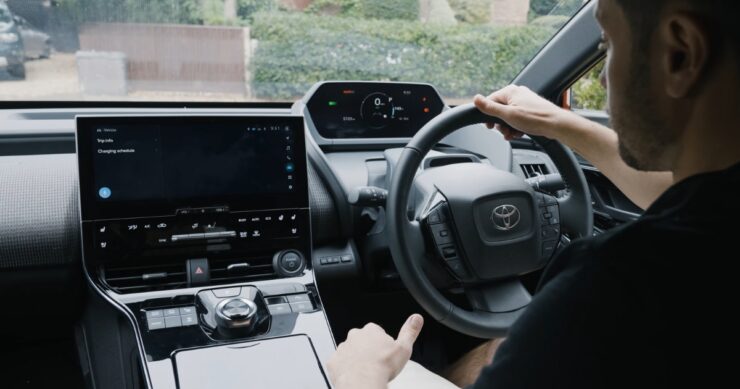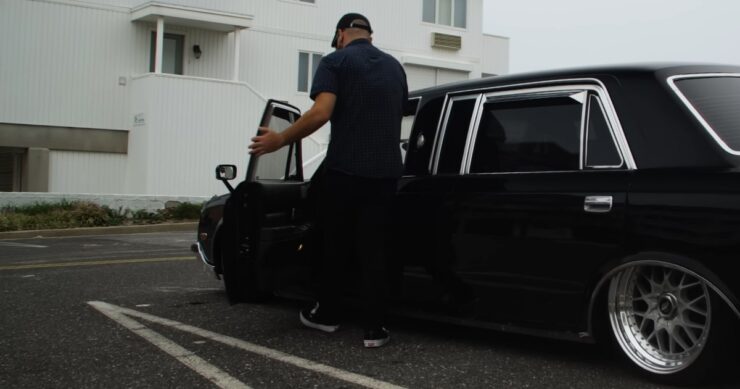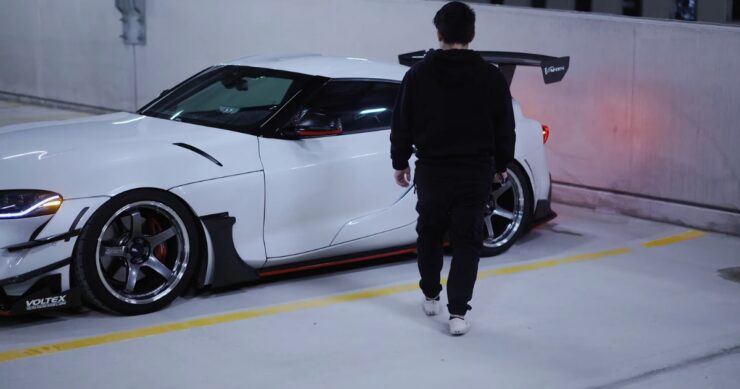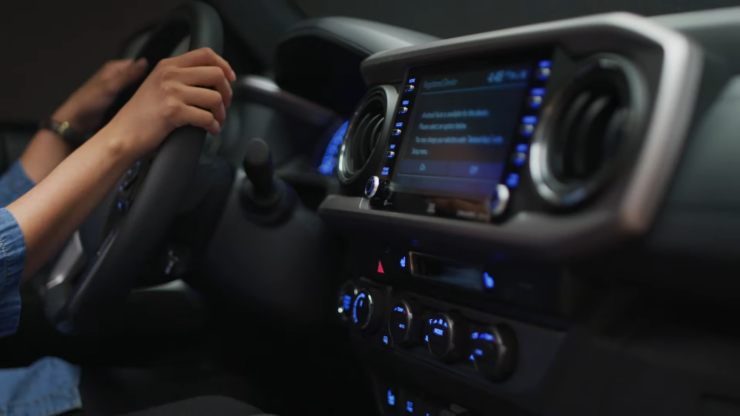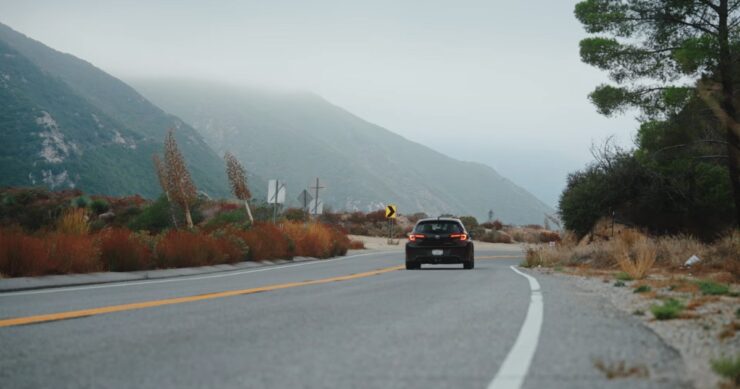When you know how to wire a backup camera with a switch, it gives you complete control over how your reverse camera works. You can turn on/off the backup camera at will.
Usually, the backup camera comes on automatically once you engage the reverse gear. However, some car owners want complete control over this functionality.
A backup camera ensures you have a clearer image or picture of the things happening behind your vehicle.
For instance, you can easily pick out if there are kids, trees, structures, or any form of obstacles behind your car to avoid collisions.
In this guide, you will have a clearer understanding of how the backup camera works, its features, and how you can successfully install one on your vehicle.
How Does the Backup Camera Work?
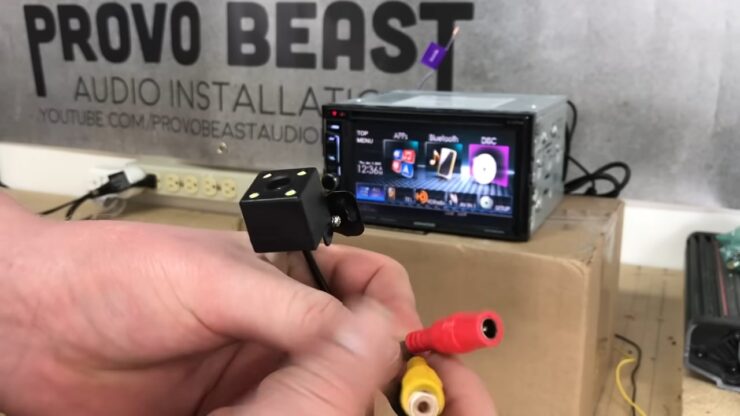
The backup camera is uniquely designed. In another sentence, its structure or construction is not the same as other cameras.
The backup camera’s reflection is horizontally flipped to produce a mirrored image or picture. Since the driver and the backup camera are not in the same position, hence a difference in its functionality.
The reflected image ensures the direction of the display aligns and remains constant with mirrors mounted on your vehicle.
Considering how the backup camera is built, designed, and wired. It automatically figures out or detects when the gear is positioned or switched to reverse, thereby displaying the things, items, or materials behind your vehicle (the potential barriers and obstacles).
Features and Usage of Backup Cameras
- It comes with a wide-angle or fish-eye lens.
- The lens prevent the camera from capturing distant objects
- The camera captures and displays a continuous horizontal view from various corners behind the car
- Backup cameras are usually mounted at a downward angle
Who Can Install a Backup Camera?
Anyone can install a backup camera provided they have the necessary knowledge and skills.
Also, the use of appropriate tools is a plus. With the right tools, you can remove/detach your vehicle’s parts and components efficiently and effectively, thereby ensuring an effortless installation.
Material needed to wire a backup camera with a switch
- RCA video cable
- Wireless RCA video receiver/transmitter
- Camera and monitor splitter cords
- Phillips head screwdriver
- Power drill
- Drill bit
- Rubber grommet
- Pliers
- Pin
- Trim removal tools,
Backup Camera Installation Guide: How to Wire a Backup Camera with a Switch
Get a backup camera that is a perfect fit for your car
A backup camera specifically designed for your vehicle guarantees easy installation.
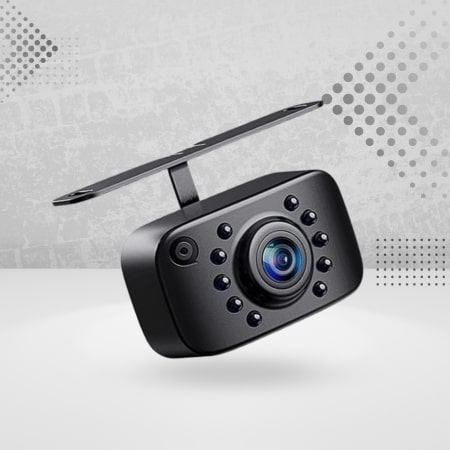
Choose between an internal or external monitor.
If you do not want to alter the functionality of your rear-view mirror, you may need to settle for an external monitor. This is a small video screen that can be easily mounted on your windshield.
An internal backup monitor is similar to the rear-view mirror. Just that this time, a small screen is inserted into the glass.
Although the external monitor requires more space, they are easier to use and can be easily replaced.
Ensure you have the necessary cords/cables
In some cases, your backup camera and monitor may not come with the RCA video cable, camera and monitor splitter cords, and video and power cable connectors.
Hence, the need to purchase these items.
Detach the rear license plate
Take out the screws holding the license plate together using a screwdriver. Ensure you do not lose the screws.
Once the license plate has been detached successfully, take it off and store it safely.
Take off the trunk’s interior panel.
Use a trim removal tool to take off the interior panel. Once the panel is taken off, the rear wiring chambers become evident.
Drill a small hole through the license plate mounting space
Drill a small hole using a power drill. Ensure the drilled hole is not too small and can easily accommodate your backup camera’s cables.
Insert a grommet inside the drilled hole
Do not run or pass the camera cable directly inside the drilled hole. First, you need to insert a rubber grommet into the hole and ensure it fits it perfectly.
The main function of this material is to hold the cable in place. It also eliminates leaks.
Pass the camera cable into the trunk
Extend the splitting end of the backup camera’s power and video cable into the trunk through the drilled hole.
Pass the cable from the outside of your vehicle to the inside. Ensure you pull it as tight as possible.
Locate the park light wires
Normally, a backup camera is connected to the reverse light cables. Suppose you desire a button or switch to activate the backup camera at will.
In that case, you may consider connecting the camera to the park light. This way, whenever you need the reverse camera, all you need to do is activate the park light’s switch. This is one of the easiest techniques out there.
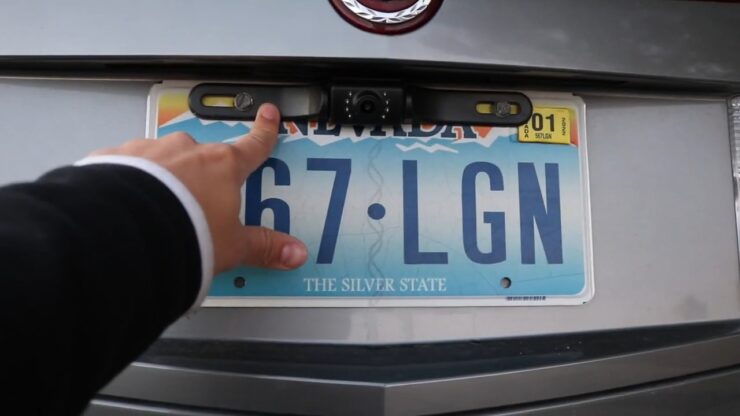
Strip the park light wires and separate them
You can use a plier or stripper to peel off the rubber coating or insulation covering the wires. Afterward, create a hole at the center of each exposed wire.
This hole is made to separate the wire, thereby creating two strands. Before you engage in this task, ensure your car’s engine is not running.
Connect the camera wires with the park light cables
Positive cables should be connected, like the negative wires. Afterward, have them coiled or twisted together.
Install your monitor
Extend the backup video cable to the vehicle’s front. Then, install your choice of the monitor (internal or external). Ensure you mount the monitor according to the manufacturer’s instructions.
Route the monitor’s splitter cables accordingly.
From the monitor, route the splitter cable through the space that is next to the fuse box.
Ensure the monitor’s camera and RCA cables are connected
Once the splitter cable has been routed successfully, connect both ends of the Camera and RCA cables. Don’t forget to hold them in position (stable and firm) using electrical tape.
Afterward, have the monitor’s power cable attached to a fuse tap, and then connect it into the fuse box.
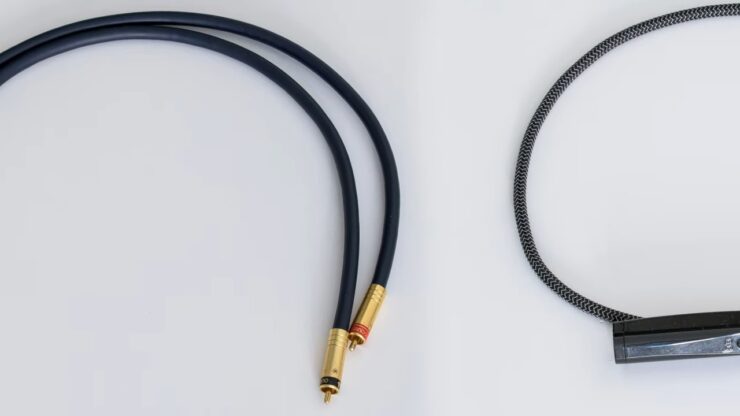
Connect the backup camera
Once you have installed the monitor and the necessary backup camera cables or cords successfully, return to the drilled hole at the back of your vehicle.
Connect the camera to its power and video cable. You may choose to close the trunk during this period.
Mount the camera
Attach the camera to your vehicle’s license plate. While at it, ensure you pay attention to/follow the manufacturer’s instructions.
Reinstall/reconnect the license plate
Once the backup camera has been mounted successfully, install the license plate back to its position. This enhances the stability of the camera, ensuring it is firmly and securely held in place.
Afterward, reattach the interior trunk panel and other components back to their usual positions.
Confirm if everything is in order
Now that you have completed your backup camera installation, the next step is to find out if it works. You can safely check its performance in your driveway.
Place a large object or material behind your car, allowing the camera to capture it. If the installation is perfect, you will see your rearview from the monitor.
If your camera fails to work or come on, consult the installation manual to find out how you can troubleshoot this issue.
How to Install a Wireless Backup Camera System
01. Install the backup camera
Take off the license plate, then drill a hole to house the camera. Alternatively, you can install the camera on the license plate lamp. While trying to fit in your camera, be careful with the connection cable to prevent damage.
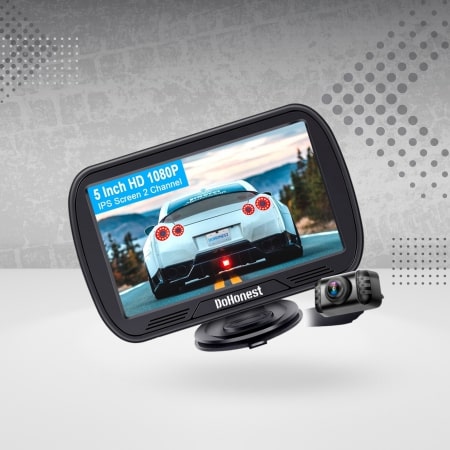
02. Place the transmitter appropriately
For effective signal transmission, ensure the transmitter is placed or positioned strategically to avoid obstructions or barriers that may affect signal transmission.
Also, ensure all the connections are rightly and appropriately done.
03. Power the transmitter
The transmitter needs a power source. It can be connected to the reverse light. Locate the reverse light wires, and connect the wireless transmitter accordingly.
It would be best if you connected positive wires, the same for the negative wires. Avoid doing this the other way round.
04. Connect the transmitter system to the wireless camera
Connect the transmitter system’s power and video cable to the wireless camera’s cable. Ensure you follow the instructions in the installation manual while doing this.
05. Make necessary connections
Connect the monitor to a power source. The cigarette lighter socket is a great option. Afterward, connect the receiver to the USB port.
06. Test run the wireless backup camera
Once the installation has been completed, check if everything is in order. The camera must capture the rearview effectively and pick out obstructions easily.
The wireless backup camera kit comes with all the supporting hardware and components you need for a successful mounting.
How to Wire the Backup Camera to Stay On
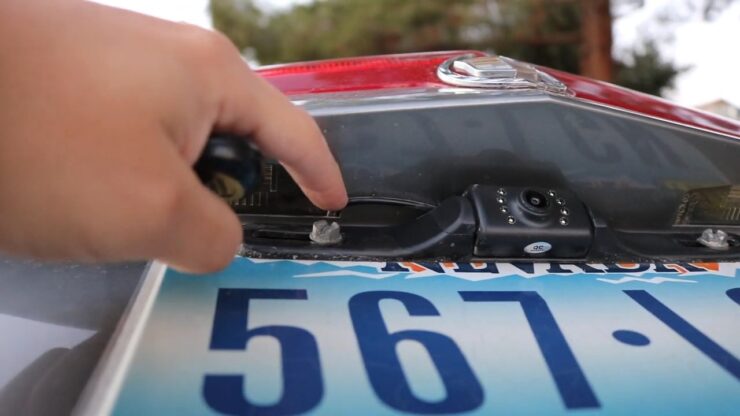
Suppose your monitor has a video recording feature. In that case, your backup camera can serve as a security device if you can wire it to stay on.
This section discusses how you can make your backup camera stay on at all times.
Below are popular wiring techniques that you can adopt to keep your backup camera on at all times.
01. You need a stable power source
Connect the camera’s wires to a constant/steady power source. An excellent example of this source is the cigarette lighter socket.
02. Connect the camera to the ignition
When your camera is connected to the ignition, it becomes active and stays on until the engine is turned off.
A significant advantage of this technique is that it improves your vehicle’s battery life by preventing it from being drained.
You do not necessarily have to connect the camera directly to the ignition. A simple approach is to connect it to ignition controlled device or cable.
03. Using a switch
Connect the camera to a constant power source. A cigarette lighter socket is a great option. Afterward, connect the camera cables to a button or switch.
This technique allows you to switch the camera on/off irrespective of the engine’s condition (While running or when turned off).
Do’s & Don’ts
Do’s
- Make use of a fused power supply source
- Go for a backup camera that is not affected by adverse weather conditions
- Follow the instructions in the manufacturer’s installation manual
Don’ts
- Avoid leaving your vehicle idle or unattended for more than two (2) days if your camera stays on at all times. This prevents the battery from getting completely drained.
FAQs
How can I connect the backup camera to the head unit?
To connect your backup camera to the head unit, ensure the camera is rightly mounted and the wires are correctly connected.
Also, ensure the transmitter is appropriately placed and powered, and the camera system is attached correctly to the head unit.
How to connect the rear-view camera to reverse light?
To connect a rear-view camera to the reverse light of a vehicle, follow these steps:
- Identify the positive and negative wires for the reverse light. These can be found in the wiring harness near the rear of the vehicle. You may need to consult the vehicle’s wiring diagram to find them.
- Locate the positive and negative wires for the camera. These wires should be connected to the camera’s power cable.
- Cut the positive wire for the reverse light and strip the ends of both the positive wire for the reverse light and the positive wire for the camera.
- Connect the positive wire for the camera to the positive wire for the reverse light using a butt connector or a wire nut.
- Connect the negative wire for the camera to the vehicle’s ground wire. This wire is usually black and can be found near the wiring harness.
- Test the connection by putting the vehicle in reverse and checking that the camera turns on.
What factors should I consider before installing a backup camera on my vehicle?
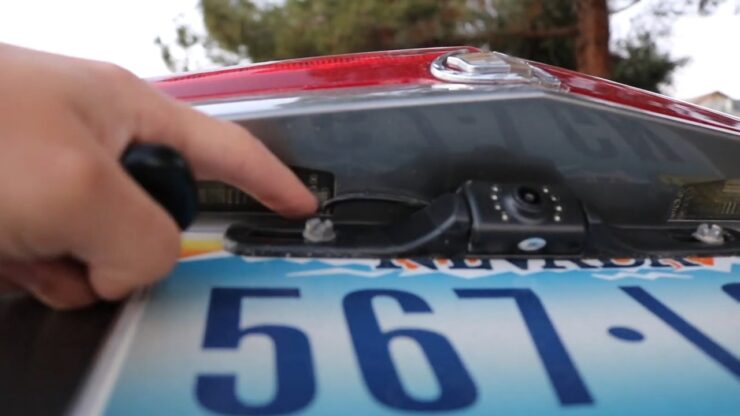
First, you need to study and understand the steps and processes involved in backup camera installation.
Also, you need to realize that there are different types and designs of reverse or backup cameras on the market. Hence, the need to choose a design that is top-quality, compatible, and as well supports an easy installation.
However, many backup camera designs that are available on the market are not difficult to install.
What are the types of backup cameras?
There are several types of backup cameras available in the market. Some of the most common types are:
- License Plate Backup Camera: This type of camera is mounted on the license plate frame and is a popular choice for cars, SUVs, and trucks.
- Tailgate Handle Backup Camera: This type of camera is installed in the tailgate handle and is a popular choice for pickup trucks.
- Rearview Mirror Backup Camera: This type of camera is integrated into the rearview mirror and is a good option for those who prefer a discreet installation.
- Wireless Backup Camera: This type of camera connects to a display monitor wirelessly, eliminating the need for cables to be run through the vehicle.
- Dash-Mounted Backup Camera: This type of camera is mounted on the dashboard and provides a clear view of the rear of the vehicle.
- 360-Degree Backup Camera: This type of camera provides a full 360-degree view of the surroundings and is typically found in high-end vehicles.
- Built-in Backup Camera: This type of camera comes pre-installed in some vehicles and is often integrated into the vehicle’s infotainment system.
Why doesn’t my camera come on after installation?
If your camera doesn’t come on after installation, there is an issue somewhere that needs to be fixed. Most times, this issue is attributed to improper wire connection.
You may have to check the wires and confirm if they are not loose or disconnected and if the connections are made correctly.
Verdict
This article has discussed how to wire a backup camera with a switch easily and without extra or additional investment using one of your vehicle’s control buttons.
Also, we have highlighted the steps you can follow to install a new rear-view camera independently, irrespective of the type of camera you choose to go for (wired or wireless), and style of operation (turning the camera on at will, or always on)
Related Posts:
- Keyless Entry System Installation Instructions -…
- How To Reset Oxygen Sensor of Car/Truck in 2024 -…
- How to Replace Toyota Corolla Headlight Assembly in…
- How to Blackout Car Emblems & Plasti Dip Tail Lights…
- How to Paint Chrome Bumpers - DIY Guide & Easy Instructions
- How to Clean a Charcoal Canister - Easy DIY…

